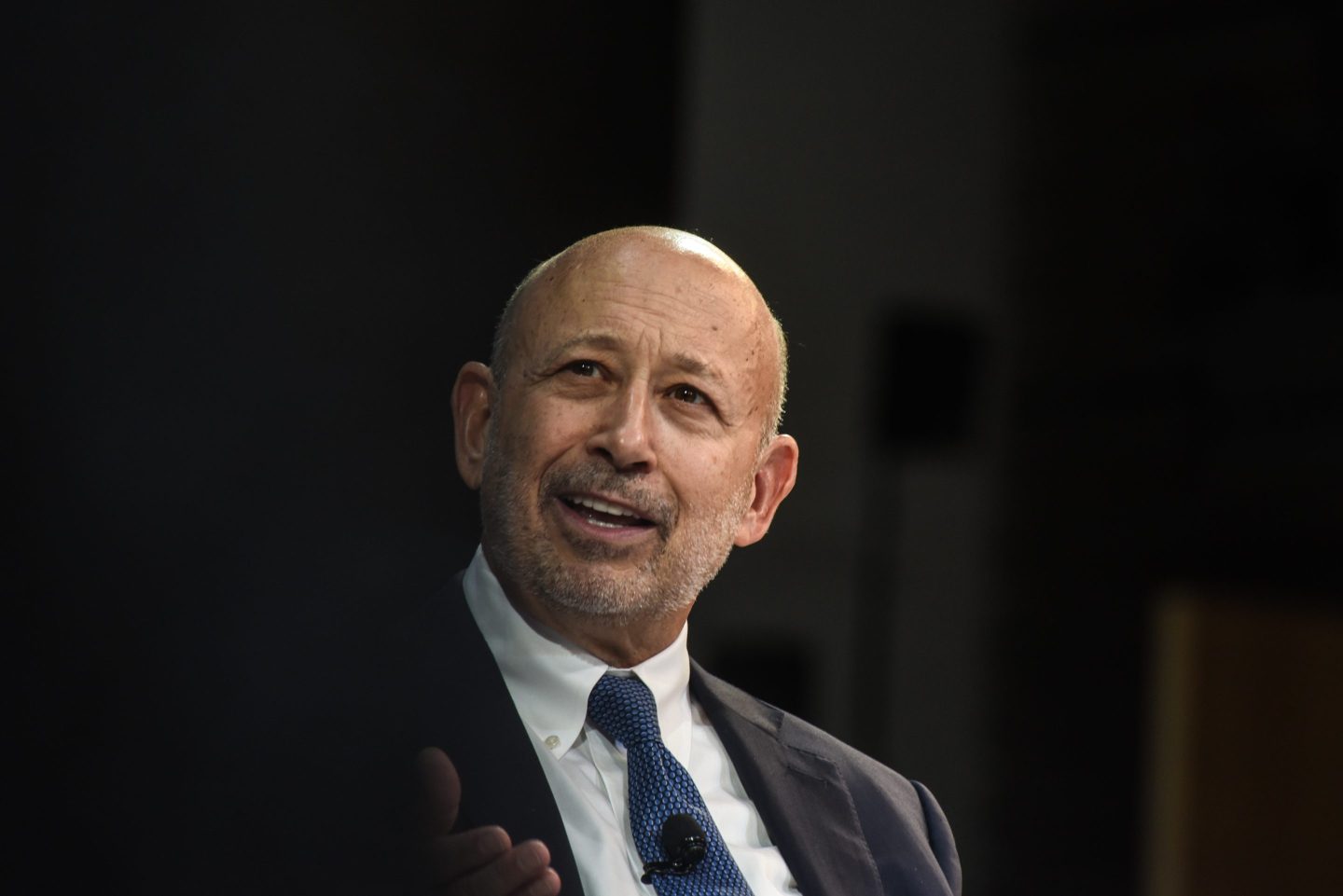Call your florist. The federal deposit insurance fund isn’t coming home from the hospital any time soon, thanks to a sickly economy and the unstinting generosity of our leaders in Congress.
The Federal Deposit Insurance Corp. on Tuesday published the latest bleak prognosis for the fund it runs on behalf of bank depositors. The FDIC added a quarter to its estimate of the time it will take the fund to recover, marking the third time in two years that its so-called restoration plan has gotten stretched.

The FDIC said the fund, which is under water by about $21 billion amid a surge of bank failures, won’t reach its statutory minimum funding level (1.15% of insured deposits) for at least seven years. Even if the economy somehow muddles through the Gulf oil disaster, the still-gathering euro crisis and who knows what else, the FDIC’s estimate puts a full deposit fund recovery off till the first quarter of 2017, all else equal.
But this being regulatory reform season, all else is most definitely not equal. Congress, beseeched by small banks and small businesses alike, is preparing a grabbag of giveaways that will push the FDIC fund’s recovery out an additional two quarters — unless the FDIC again raises the fees paid by insured banks, a step it prefers to avoid with unemployment near 10%.
The biggest gift is a plan to permanently raise the federal deposit insurance limit to $250,000 from $100,000. Congress temporarily imposed the higher limit in 2008 to keep funds from deserting the banking system, in a change scheduled to expire in 2014.
But even though the rationale for the temporary increase has evaporated, legislators have decided to keep the bigger cap in place for good, in the first permanent change in 30 years.
Community bankers like the higher limit, contending it helps to put them on a level playing field with the too big to fail crowd led by Bank of America , JPMorgan Chase , Citigroup and Wells Fargo .
But many students of the banking industry say permanently raising the limit expands a subsidy that does little for the average depositor, while extending an already stretched taxpayer-funded safety net.
“This is a move in the wrong direction,” said Boston College finance professor Edward Kane. “It helps small banks, but makes taxpayers’ exposure to loss in deposit insurance less transparent.”
If a higher deposit insurance limit isn’t exactly sublime, another detail of the latest “reform” borders on ridiculous. Congress appears ready to adopt an amendment backed with bipartisan gusto by California Reps. David Dreier (right) and Jane Harman that would retroactively apply the higher insurance rate to depositors of IndyMac, the absurdly unsound California thrift that collapsed in July 2008, and a handful of other failed banks.
The move would restore $170 million of losses suffered by big depositors of the failed thrift, supposedly in the name of fairness. The madness isn’t Congress’ alone: FDIC, it should be noted, backs the provision.
“It has been the FDIC’s longstanding position that deposit insurance limits are a question for Congress to decide,” an FDIC spokesman said. “That being said, the Dreier-Harman bill would provide a more even treatment of uninsured depositors since the onset of the crisis by making the $250,000 limit increase retroactive to the beginning of 2008.”
Why a more even treatment of depositors is desirable two years later is left unsaid. The point of deposit insurance is to reassure small depositors that they won’t lose their savings to an unsavory operator or a panic.
But the IndyMac panic proceeded anyway after Sen. Charles Schumer two summers ago asked regulators why they weren’t doing anything to rein the reckless bank in. When the cave-in came, $18 billion of small deposits, those below $100,000, were immediately made whole.
Dreier, a Republican, argues that the losses suffered by those who made large deposits at IndyMac “were no less difficult and no less tragic than those that occurred later that same year.” Why that warrants retroactive insurance is not clear, however, particularly in a case that has already cost the insurance fund almost $11 billion.
“I’m not sure what the policy imperative was,” said Hal Reichwald, a partner at law firm Manatt Phelps & Phillips. “Maybe it was because the private equity guys made out like bandits buying the remains of IndyMac and they felt they had to even the score.”
Or maybe it is just that Congress can’t say no to any proposal that entails spending other people’s money.











